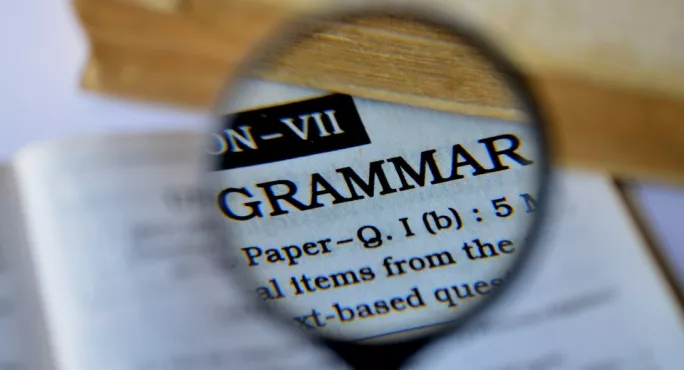Exclusive: Grammars in selective-school MAT bid

Grammar schools are discussing forming multi-academy trusts (MATs) between themselves amid fears that having to join non-selective schools could force them to water down their admissions policies, Tes can reveal.
The government said it wanted all schools to be in or be moving towards joining a MAT by 2030 in its Schools White Paper, published last month.
But the leader of the Grammar School Heads Association (GSHA), Mark Fenton, said grammar schools are concerned that if they were to join a MAT, the trust board would have the power to change their admissions policy “in a way which could be seen as altering the character of the school, such as by significantly lowering the qualifying score”.
- Zahawi: Grammar school DNA should be ‘spread in the system’
- White Paper: Why it’s time for academy trusts to ‘grasp the nettle’
- Related: Grammar schools are revolutionary for disadvantaged pupils
The news that grammar schools are reluctant to join with non-selective schools to form MATs will come as a blow to the education secretary, Nadhim Zahawi, who praised their ethos at the launch of the White Paper, and said he wanted to spread their “DNA” throughout the education system.
The Education Policy Institute (EPI) said it was “disappointing” that grammar schools planned to “shy away” from the opportunity to collaborate with other local schools.
Mr Fenton, chief executive of the GSHA, told Tes that most grammars were in single-school trusts because they valued “the autonomy which that status offers”.
He added: “Heads and governors will be examining the proposals in the White Paper closely as they develop, and will be looking for reassurance from government that the distinctive ethos and admissions policies of grammar schools can be protected within a MAT.
“Since there is no definition of a grammar school beyond admitting pupils ‘of high ability’, there are concerns that if a grammar school were to join a MAT, the trust board would have the power to change the admissions policy in a way which could be seen as altering the character of the school, such as by significantly lowering the qualifying score.”
He said that selective schools already make a “significant contribution” to system-wide improvement - pointing out that one in 10 of the new Teaching School Hubs is a grammar school - but said that not all will “have the expertise to engage effectively in supporting schools in challenging circumstances”.
He added: ”Some grammars are discussing forming MATs with other selective schools, in local clusters, and others may look at forming MATs with selective schools that are more widely spread across the country.”
Responding to the plans, Bobbie Mills, senior researcher for school system and performance at EPI, said that while academisation was not a “silver bullet” to school improvement, the government’s aim that all schools should be in a MAT by 2030 provided grammar schools with “the opportunity to collaborate with and disseminate best practice among other local schools.”
She added: It is disappointing, therefore, that grammar schools want to shy away from this opportunity and form selective-only MATs.”
Leora Cruddas, chief executive of the Confederation of School Trusts, the sector body for school trusts in England, said that the White Paper was “clear” that schools joining MATs would “retain their ethos, while benefiting from the expertise of being in a strong trust.”
She added: “Our view is that this is true of all schools, whether grammar, or maintained, mainstream or specialist.”
There are around 160 grammar schools in England but most are in single-academy trusts. Some are in MATs with non-selective schools.
Grammar schools aren’t evenly distributed throughout the country, with counties such as Kent having dozens of selective schools and other counties having none.
The Department for Education pointed us towards a line in the White Paper which reads: ”Recognising their important role within the communities they serve, we will ensure that selective schools are secure in multi-academy trusts.”
Register with Tes and you can read two free articles every month plus you'll have access to our range of award-winning newsletters.
Keep reading with our special offer!
You’ve reached your limit of free articles this month.
- Unlimited access to all Tes magazine content
- Save your favourite articles and gift them to your colleagues
- Exclusive subscriber-only stories
- Over 200,000 archived articles
- Unlimited access to all Tes magazine content
- Save your favourite articles and gift them to your colleagues
- Exclusive subscriber-only stories
- Over 200,000 archived articles
topics in this article



